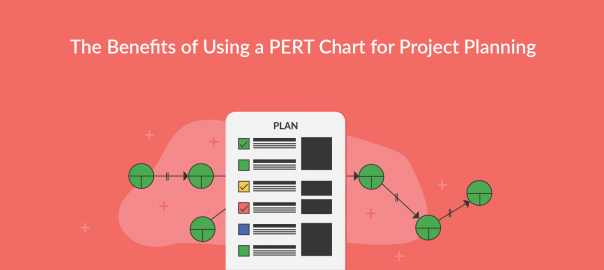Most project managers know that creating the project plan is only the start of the project management journey. All the careful planning and forecasting don’t count for much if there isn’t a concrete way to execute the project plan. And… Read More


Most project managers know that creating the project plan is only the start of the project management journey. All the careful planning and forecasting don’t count for much if there isn’t a concrete way to execute the project plan. And… Read More

Trying to plan a project can be incredibly stressful and can easily leave you feeling run down, out of energy and near-on depressed. Hopefully, our PERT chart software will lighten the load, make your workflow more efficient and have a… Read More